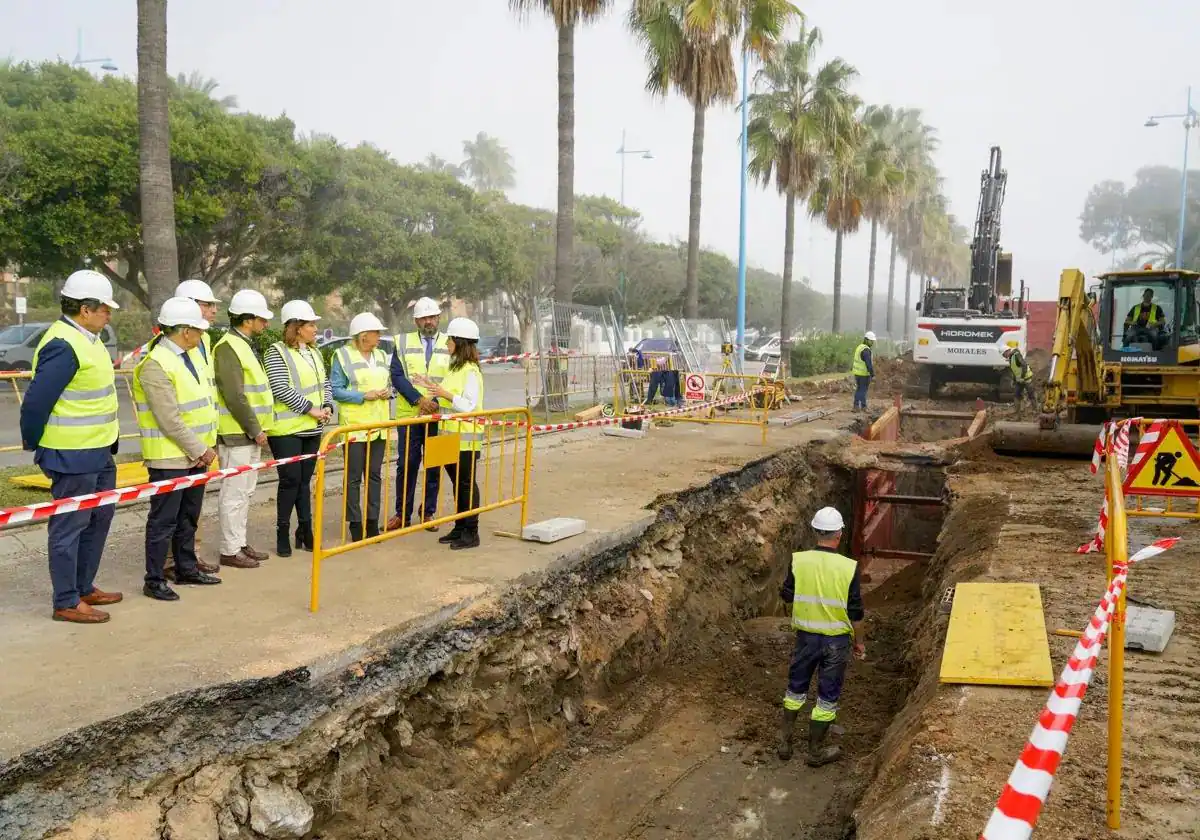Construction has commenced on a new sewage system in San Pedro Alcántara, located on the western part of Costa del Sol. The project, funded by the Andalusian regional government with an investment of 1.1 million euros, is expected to be completed within five months. The project involves relocating the sewerage pipes that currently run along the beach, which will be buried four metres below the Paseo Marítimo once the project is finished. Marbella’s mayor, Ángeles Muñoz, stated that the project is crucial and will provide a permanent solution to an area that was severely impacted by the 2021 storm, which resulted in a pipe rupture and wastewater discharge into the sea.
The project will reroute approximately one kilometre of collectors currently running along the beach. Half of this will be pumped, and the other half will run along Avenida Carlos Cano from Avenida de La Coruña, connecting with Las Petunias pumping station to La Pesquera roundabout on Avenida del Mediterráneo. From there, it will connect with the existing sewerage system on the beach. A 280-metre section of the pipe on Avenida de la Familia Vargas will also be modified. The project is expected to be finished by spring 2024, before the peak holiday season of the following year.
In addition to the sewage works, the regional minister, Carmen Crespo, highlighted the water works planned by the regional government in Malaga province, with an investment of 300 million euros. Of this, 50 million euros are allocated for Costa del Sol due to the ongoing drought crisis. Crespo mentioned the Marbella drinking water treatment plant project, which is being planned by the public water board Acosol and will be funded by the Andalusian regional government with around 35 million euros to enhance the water quality throughout Costa del Sol. Crespo also emphasized the regional government’s efforts to expand desalination in this area of Malaga, aiming to double the current capacity. She also mentioned a draft project for works on the Costa del Sol and the Gibralmedina dam, which will benefit two of Spain’s driest regions, the Costa del Sol and Campo de Gibraltar.







